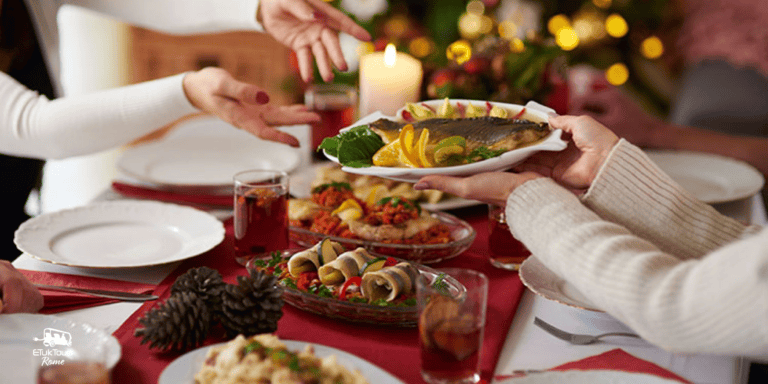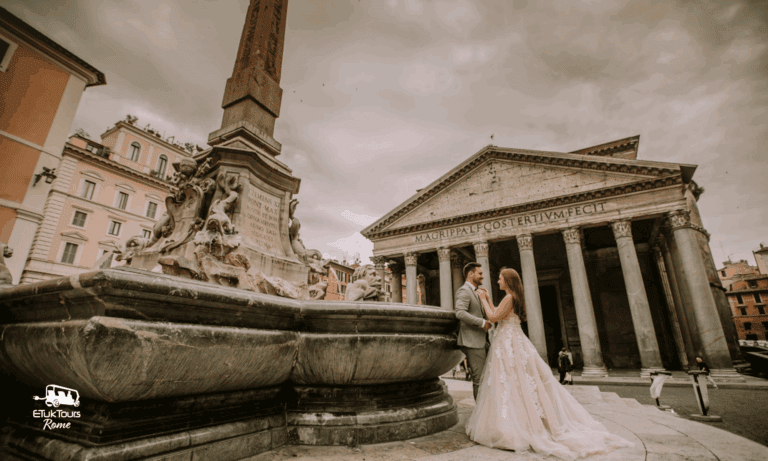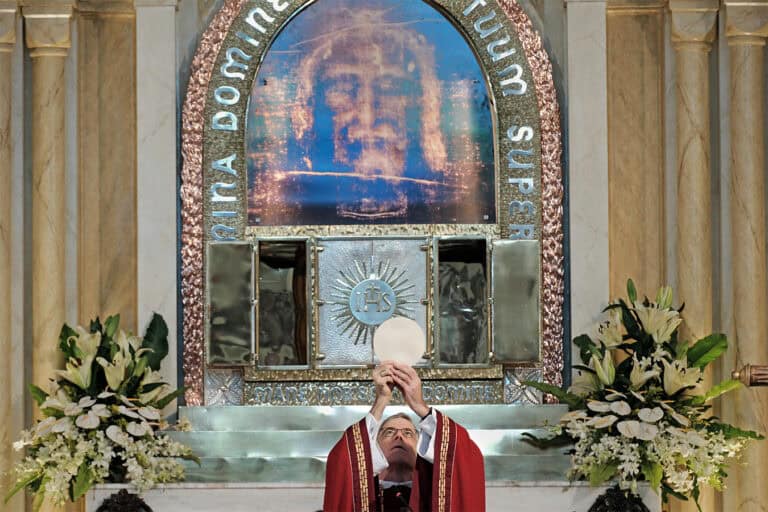While the silhouette of the Colosseum and the grandeur of the Vatican command the world’s attention, the true, beating heart of Roman flavor resides elsewhere. To truly understand Rome, you must taste it where it was born, far from the bustling tourist centers. This journey takes you across the Tiber River to Testaccio, an unpretentious, gritty, and profoundly authentic neighborhood. It is here, amidst working-class roots and a fierce local pride, that the soul of Roman cuisine thrives. A Testaccio food tour is more than a series of tastings; it is an immersion into the city’s culinary DNA, a chance to unlock the genuine flavors that Romans themselves cherish. This guide will walk you through the essential experiences, historical context, and savory delights that make Testaccio the ultimate destination for any serious food lover in Rome.
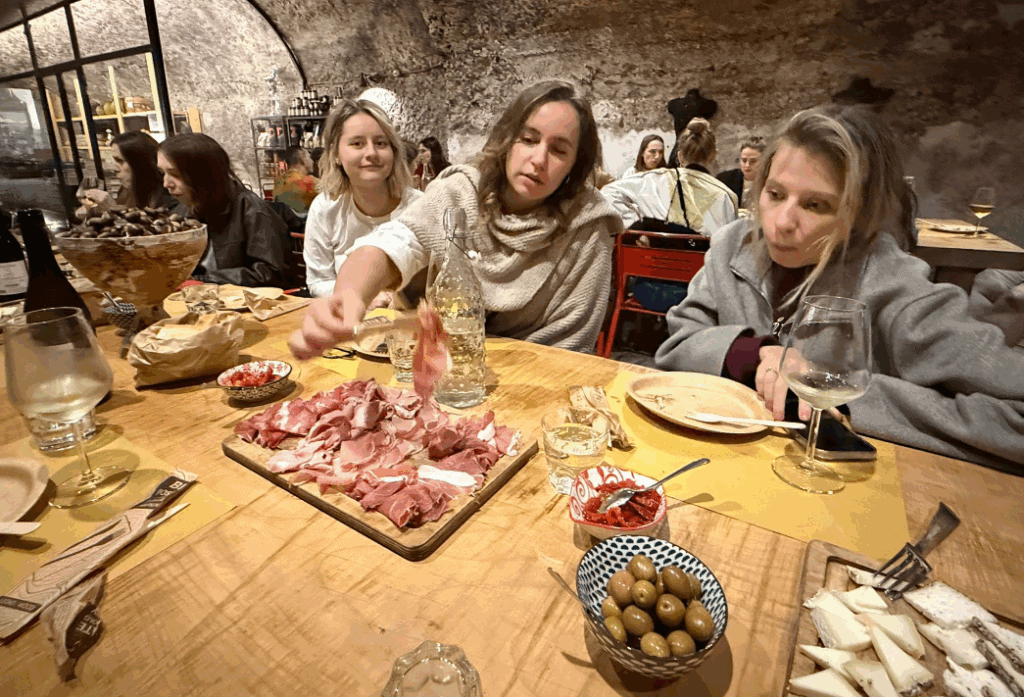
Beyond the Postcards: Discovering Authentic Roman Flavors
Escaping the well-trodden path from the Spanish Steps to the Trevi Fountain is the first step toward an authentic culinary adventure. Testaccio offers a refreshing alternative, a neighborhood where the primary language is Italian and the menus are written for locals, not travelers. Here, recipes are heirlooms, passed down through generations, and the ingredients are sourced from vendors who are neighbors and friends. A food tour in this district isn’t just about eating; it’s about connecting with the rhythm of daily Roman life, understanding the story behind each dish, and experiencing the city as an insider.
Testaccio’s Enduring Legacy: A Deep Dive into Rome’s Culinary Roots
Testaccio’s identity as Rome’s culinary epicenter is no accident; it is a direct result of its unique history. Once the bustling commercial port of the Roman Empire and later the city’s primary slaughterhouse, the neighborhood has always been intrinsically linked with food, commerce, and feeding the capital. This legacy has cultivated a deep-rooted food culture that remains palpable today in its markets, trattorias, and specialty shops.
From Ancient Port to Modern Palate: The Story of Monte Testaccio
 Monte Testaccio is an artificial hill built from the fragments of ancient Roman amphorae, whose base was later excavated to create natural cellars for aging food.
Monte Testaccio is an artificial hill built from the fragments of ancient Roman amphorae, whose base was later excavated to create natural cellars for aging food.
The most unusual landmark in the district is Monte Testaccio, or “Mount of Shards.” This artificial hill is composed entirely of the broken fragments of ancient Roman amphorae, the terracotta vessels used to transport olive oil and wine. Over centuries, these discarded containers formed a literal mountain of culinary history. This ancient landfill served a practical purpose; the caves dug into its base provided natural, temperature-controlled cellars perfect for aging wine and cheese. This direct link between ancient commerce and modern gastronomy is a testament to the neighborhood’s enduring role in feeding Rome.
The Authentic Roman Neighborhood Vibe
Testaccio is unapologetically Roman. It’s a place of vibrant morning markets, laundry hanging from balconies, and lively conversations spilling out of local bars. Unlike the polished historical center, Testaccio feels lived-in and real. Its streets are a blend of early 20th-century apartment blocks, modern architectural interventions like the new market, and ancient Roman ruins. This blend of old and new, combined with a strong sense of community, creates an atmosphere where tradition is honored, and authentic food is a way of life, not a tourist attraction.
The Heart of the Feast: An Immersive Journey Through Testaccio Market
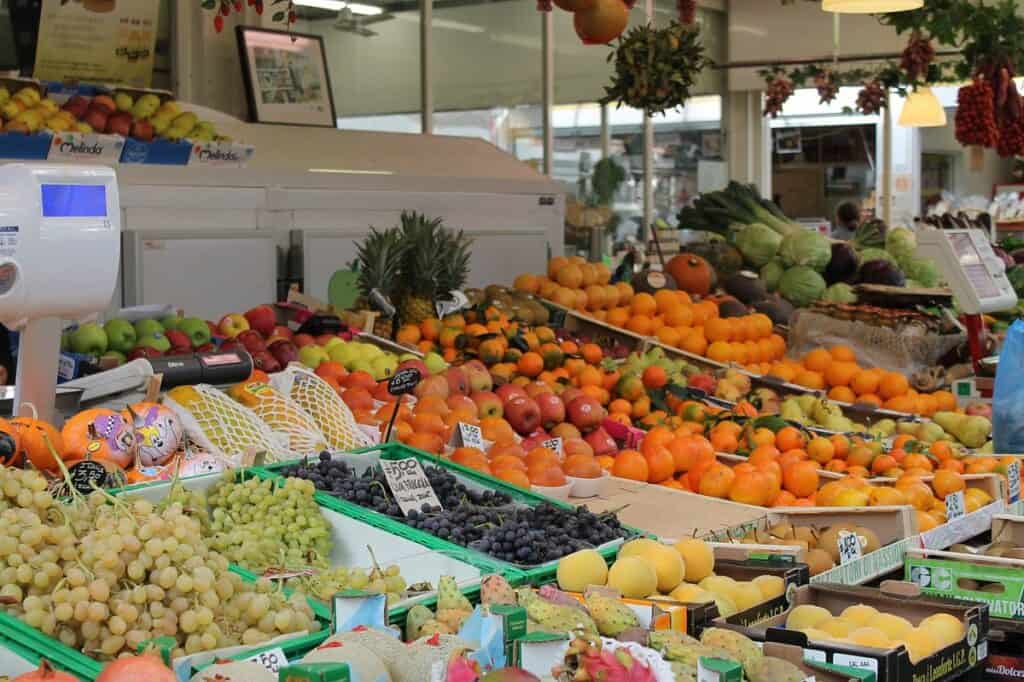
The Nuovo Mercato di Testaccio is the vibrant, modern heart of the neighborhood’s food scene. Housed in a bright, contemporary structure, it replaced the old open-air market in Piazza Testaccio but retained its soul and many of its multi-generational vendors. A walking tour through this market is an essential Roman experience, offering a sensory overload of sights, sounds, and, most importantly, tastes that define the local culture. It’s here that you witness the daily ritual of shopping and socializing that underpins the community.
A Symphony for the Senses: Navigating the Stalls
As you navigate the wide, clean aisles of the Testaccio Market, you’re greeted by a symphony of activity. The rhythmic chop of butchers at work, the passionate calls of produce vendors advertising their seasonal best, and the rich aroma of freshly baked bread and simmering sauces create an intoxicating atmosphere. Each stall tells a story, often of a family business that has served the neighborhood for decades. Engaging with these artisans is a key part of the experience, offering insights into the produce and products that form the foundation of Roman cuisine.
Freshness Personified: Produce, Cheeses, and Cured Meats
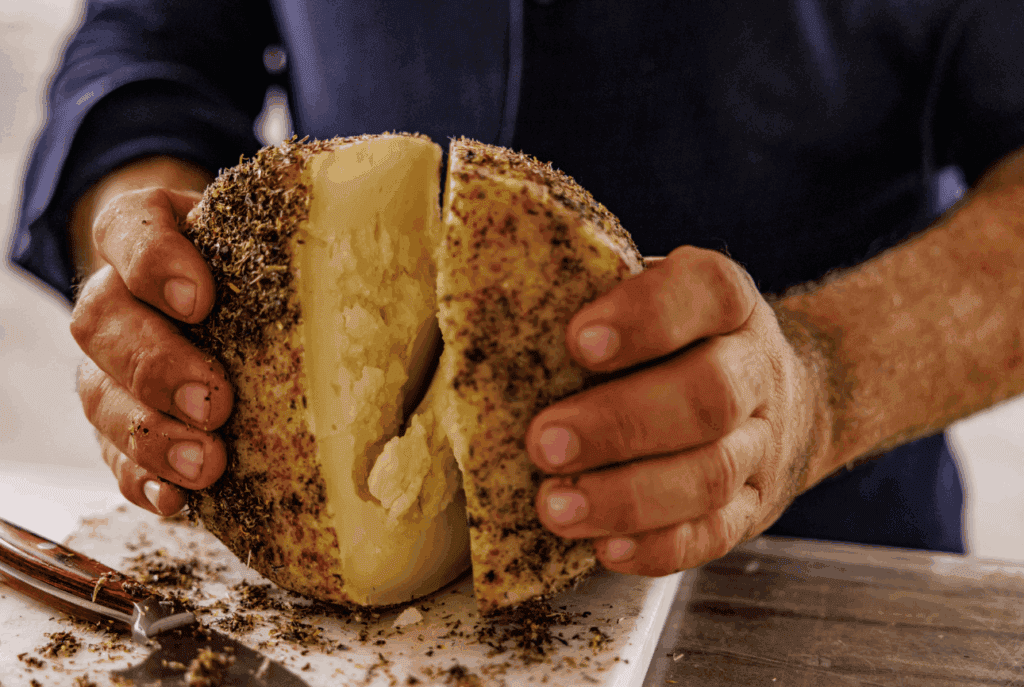
The market is a showcase of Italy’s agricultural bounty. Stalls overflow with seasonal vegetables like artichokes in the spring and vibrant tomatoes in the summer. Delicatessens present a breathtaking array of cheeses, from the sharp, salty Pecorino Romano—a cornerstone of Roman pasta dishes—to creamy buffalo mozzarella. The true stars, however, are often the cured meats. Expertly aged Prosciutto hangs alongside regional salamis and savory pancetta, each offering a distinct profile. A proper food tour will include tastings of these staples, often paired with crusty bread and a drizzle of high-quality local olive oil, demonstrating the simple perfection of Italian ingredients.
Street Food Stars: On-the-Go Roman Delights
Testaccio Market is also a hub for some of Rome’s best street food. This is where you can sample supplì, fried rice balls with a molten mozzarella core, a beloved local snack. Another must-try is the trapizzino, a modern Roman invention consisting of a triangular pocket of fluffy pizza bianca stuffed with classic Roman preparations like chicken cacciatore or oxtail stew. These quick, delicious bites are perfect for enjoying on the go as you explore the market and are a highlight of any Testaccio food tour.
Iconic Tastings: Unlocking Rome’s Signature Dishes

A food tour in Testaccio provides a curated education in Roman cuisine, moving beyond the market to the traditional trattorias, bakeries, and shops that define the neighborhood. These tastings are designed to showcase the classic dishes and flavors that have made Rome a global culinary capital.
The Holy Trinity of Roman Pasta Dishes
No culinary exploration of Rome is complete without indulging in its foundational pasta dishes. In Testaccio’s authentic trattorias, you can experience them as they are meant to be.
- Carbonara: A rich and creamy sauce made from egg yolks, Pecorino Romano cheese, black pepper, and crispy guanciale (cured pork jowl). The authentic version contains no cream.
- Amatriciana: A robust tomato-based sauce featuring guanciale, Pecorino Romano, and a hint of chili, offering a perfect balance of savory, spicy, and tangy notes.
- Cacio e Pepe: Deceptively simple yet difficult to master, this dish consists of pasta, Pecorino Romano, and black pepper, emulsified with starchy pasta water to create a perfectly balanced, peppery cheese sauce.
Hearty Roman Secondi and Local Specialties
Roman cuisine is famous for its hearty main courses (secondi), many of which have their roots in Testaccio’s history as the city’s slaughterhouse. This gave rise to the quinto quarto or “fifth quarter,” which refers to the offal and less-prized cuts of meat. While perhaps daunting for some, dishes like coda alla vaccinara (oxtail stew) and trippa alla romana (tripe in tomato sauce) are deeply flavorful, historically significant, and a true taste of authentic Rome. A food tour often provides an opportunity to sample these or other classic meat dishes in a welcoming setting.
The Sweetest Endings: Gelato and Pastries
The sweet side of Roman life is just as important. Testaccio is home to exceptional bakeries and gelaterias where tradition and quality reign. You might find yourself sampling a maritozzo, a soft, sweet bun filled with whipped cream, a classic Roman breakfast treat. The grand finale of many tours is a visit to a local gelateria. True artisanal gelato is distinguished by its natural colors, seasonal flavors, and dense, creamy texture. Learning to spot the real deal—avoiding the brightly colored, puffy mounds aimed at tourists—is a valuable skill, and tasting a scoop of pistachio or hazelnut gelato is a perfect, refreshing conclusion to your culinary journey.
Raise a Glass: Pairing Food with Italian Wine
Food in Italy is inseparable from wine, and a Testaccio food tour often includes curated pairings that elevate the tasting experience. You’ll have the chance to sample regional wines, particularly from the Lazio region surrounding Rome. A crisp, white Frascati pairs beautifully with appetizers and lighter pasta dishes, while a robust red like Cesanese del Piglio can stand up to the rich flavors of Amatriciana or hearty meat stews. These pairings are not just about taste; they are about understanding the concept of terroir and how local food and wine have evolved together.
Want to Taste Even More of Rome? Try Our Rome Food Tour by Golf Cart
If this Testaccio adventure made you hungry for more, imagine discovering Rome’s best flavors without the long walks. Our Rome Food Tour by Golf Cart takes you through authentic neighborhoods, family-run trattorias, and hidden culinary gems—comfortably and effortlessly.
You’ll enjoy generous tastings, great stories, and a fun, relaxed way to explore Rome like a local. Perfect for couples, families, and food lovers who want a unique and delicious experience.
Ready for Rome’s tastiest ride?
👉 Book the Rome Food Tour by Golf Cart and taste the city your way!
Beyond the Bites: Exploring Testaccio’s Cultural and Historical Tapestry

While food is the main attraction, the neighborhood of Testaccio offers a rich cultural and historical context that enhances any visit. A walking tour naturally incorporates these elements, providing a deeper appreciation for the area’s unique character. Exploring these sites between tastings adds layers of meaning to the culinary experience.
Piazza Testaccio and Santa Maria Liberatrice Church
Piazza Testaccio is the district’s main square and a focal point of community life. Dominated by the Fontana delle Anfore (Fountain of the Amphorae), which pays homage to the area’s history, the piazza is where locals gather for a coffee or an evening aperitivo. Overlooking the square is the Santa Maria Liberatrice Church, the only parish church in Testaccio and a symbol of the neighborhood’s strong community bonds. It serves as a beautiful backdrop to the daily life unfolding in the piazza.
A Glimpse into History: The Protestant Cemetery and Cestia Pyramid
On the edge of Testaccio lies the Cimitero Acattolico, or the Non-Catholic Cemetery. This tranquil and beautiful resting place is the final home of numerous foreign artists, writers, and diplomats who died in Rome, including the poets John Keats and Percy Bysshe Shelley. Adjacent to the cemetery is the Pyramid of Cestius, an astonishingly well-preserved ancient Roman pyramid built around 12 BC. This striking and unexpected landmark provides a dramatic link between ancient and modern Rome, standing guard over the neighborhood’s southern border.
The Local Lifestyle: An Authentic Roman Neighborhood Experience
Ultimately, the greatest cultural attraction in Testaccio is the neighborhood itself. The experience of walking its streets is to witness authentic Roman life. You’ll see nonnas heading to the market with their shopping trolleys, children playing soccer in the piazza, and friends catching up at corner cafes. This immersive experience is what distinguishes Testaccio from more tourist-centric areas. It’s a chance to observe the city’s true rhythm and feel, for a moment, like a part of it.
Choosing Your Perfect Testaccio Food Tour: What to Know
With Testaccio’s reputation as a food destination growing, numerous tour options have become available. Selecting the right one is key to having the best possible experience. Understanding what to look for and the different formats available will help you make an informed decision.
Key Features of a Great Testaccio Food Tour
A high-quality Testaccio food tour should offer more than just food samples. Look for tours led by knowledgeable, passionate local guides who can share historical anecdotes and personal stories. Small group sizes are crucial for a more intimate and interactive experience, allowing you to easily navigate crowded shops and market stalls. The itinerary should feature a diverse range of tastings, from street food and market produce to classic pasta and wine, visiting established, family-run businesses rather than tourist traps.
Reputable Tour Operators
Several well-regarded companies specialize in Roman food tours. Operators like Eating Europe are pioneers in the area, offering a comprehensive Testaccio tour that has become a benchmark for quality. Devour Tours is another excellent choice known for its well-researched itineraries and engaging guides. Local-led boutique companies also provide fantastic, personalized experiences. Always check recent reviews on platforms like TripAdvisor or Google to gauge current customer satisfaction and ensure the tour aligns with your expectations.
Tailoring Your Experience: Group vs. Private Tours
Most travelers will find a small-group tour offers a great balance of value, social interaction, and personal attention. These tours are perfect for solo travelers, couples, and families. However, for those with specific interests, dietary needs, or a desire for a more personalized pace, a private tour is an excellent option. A private tour allows you to customize the itinerary, spend more time at stops that particularly interest you, and enjoy the undivided attention of your guide.
Practical Tips for Your Ultimate Testaccio Food Adventure
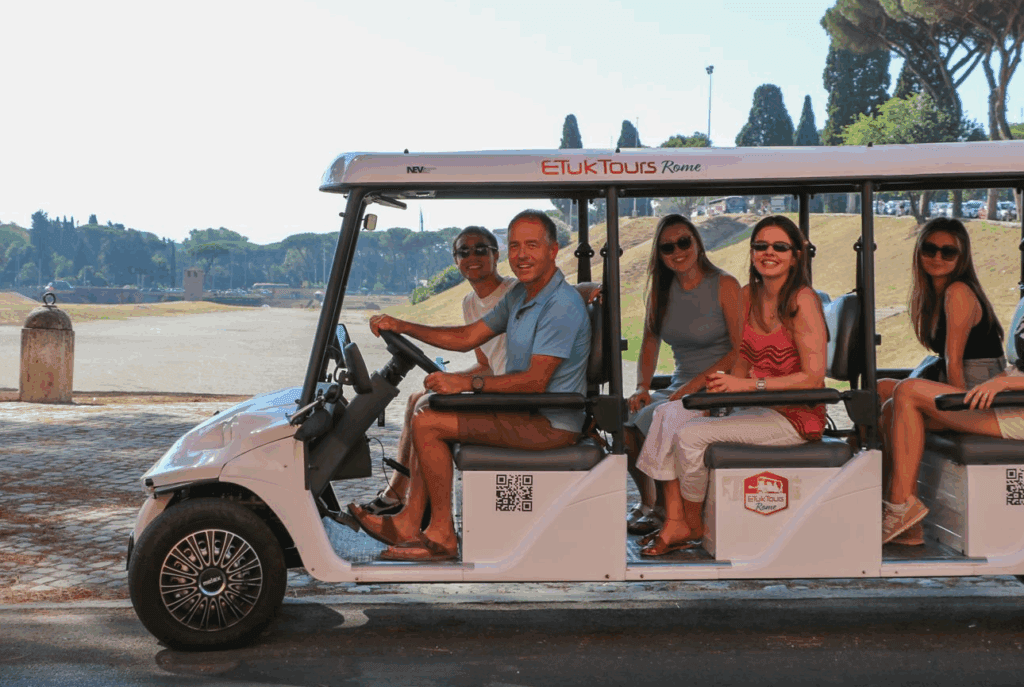
To make the most of your Testaccio food tour, a little preparation goes a long way. These practical tips will ensure you have a comfortable, enjoyable, and delicious experience from start to finish.
Before You Go: Planning and Preparation
Book your food tour in advance, especially during peak season, as the best ones fill up quickly. On the day of the tour, have a very light breakfast or skip it altogether—you will be eating a lot. Wear comfortable walking shoes, as you will be on your feet for several hours. Also, bring a reusable water bottle to stay hydrated and a tote bag in case you want to purchase olive oil, cured meats, or other goodies to take home.
Navigating Dietary Needs and Preferences
Most reputable tour companies are adept at handling common dietary restrictions like vegetarianism, gluten intolerance, or allergies. It is essential to communicate any dietary needs at the time of booking, not on the day of the tour. This gives the operator ample time to coordinate with vendors and arrange for suitable and equally delicious alternatives, ensuring you don’t miss out on the experience.
Getting There and Around
Testaccio is easily accessible from Rome’s city center. You can take the Metro Line B to the Piramide station, which is just a short walk from the neighborhood’s key sites. Several bus lines also service the area. Once you arrive, the neighborhood is compact and best explored on foot, which is the standard for most walking tour experiences.
Extending Your Exploration: After the Tour
Your food tour will likely end in the early afternoon, leaving you with plenty of time to explore further. Revisit a favorite shop you discovered on the tour, wander through the peaceful Protestant Cemetery, or simply find a bench in Piazza Testaccio and enjoy some people-watching. For dinner, consider returning to one of the trattorias your guide recommended to experience a full, leisurely Roman meal.
Conclusion: Your Gateway to Rome’s True Flavors
A Testaccio food tour is far more than a simple culinary excursion; it is a gateway to the authentic soul of Rome. It’s an opportunity to step away from the crowds and connect with the city on a deeper, more flavorful level. By exploring its historic market, savoring generations-old recipes, and walking its unpretentious streets, you gain a unique understanding of what it means to eat, drink, and live like a Roman.
Embrace the Authenticity of Testaccio
In a city where authenticity can sometimes be elusive, Testaccio remains a bastion of genuine Roman culture. The flavors you discover here are not curated for tourists; they are the beloved staples of a proud and vibrant community. Whether you are a first-time visitor to Rome or a seasoned traveler, dedicating a day to this remarkable neighborhood will reward you with an unforgettable culinary education and a lasting appreciation for the city’s true heart.


